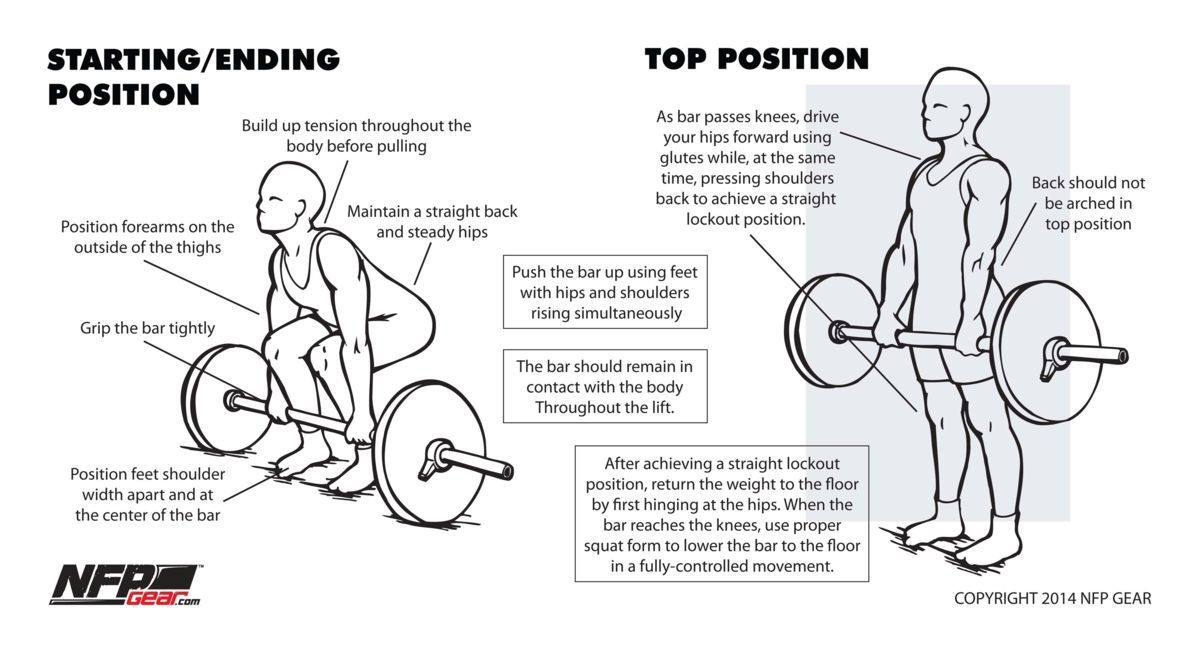15 Tips for Proper Form and Technique in Strength Training

Strength training is an essential part of any well-rounded exercise routine. It not only helps build and maintain muscle mass, but also improves bone density, enhances endurance, and increases overall strength. However, to reap the maximum benefits of strength training, it is crucial to maintain proper form and technique. Here are 15 tips to help you do just that:
1. Warm up Properly
Before jumping into your strength training routine, make sure to warm up adequately. This helps increase blood flow to your muscles, loosens up your joints, and prepares your body for the upcoming workout. Dynamic stretching or light cardio exercises like jogging or cycling are great warm-up options.
2. Focus on Quality over Quantity
During strength training, prioritize the quality of your movements rather than the number of repetitions or the weight you’re lifting. Gradually increase the difficulty and resistance, ensuring each exercise is performed with proper form. It’s better to do fewer reps with perfect form than to perform more reps with poor technique.
3. Maintain a Neutral Spine
One of the most critical aspects of proper form is maintaining a neutral spine. Whether you’re squatting, deadlifting, or performing any other exercise, keep your back straight, with a natural curvature. Avoid rounding or overarching your back, as it increases the risk of injury and puts extra strain on the spine.
4. Engage Your Core
Engaging your core muscles during strength training exercises helps stabilize your spine, improves your balance, and enhances overall strength. Contract your abdominal muscles slightly while performing exercises like squats, lunges, or overhead presses to protect your lower back and improve your overall form.
5. Start with Proper Breathing Technique
A proper breathing technique is vital for maintaining form and providing adequate oxygenation to your muscles during strength training. Breathe in deeply before starting the exercise and exhale on the exertion or difficult part of the movement. This helps brace your core and stabilize your body as you lift weights or perform other resistance exercises.
6. Avoid Overarching Your Back
Overarching your back, also known as hyperextending, commonly occurs during exercises like bench presses or overhead presses. This can strain your lower back and lead to pain or injury. Focus on keeping your back pressed firmly against the bench or wall during these exercises to maintain proper form.
7. Use Proper Foot Positioning
Foot positioning plays a vital role in maintaining stability and proper form during strength training. Ensure your feet are shoulder-width apart and firmly planted on the ground. Distribute your weight evenly throughout your feet to enhance stability and prevent any imbalance.
8. Bend Your Knees
When performing exercises like squats or deadlifts, it’s crucial to bend your knees and lower your hips. This helps distribute the load and prevents excessive strain on your lower back. Maintain a good stance width, with toes pointed slightly outward, and track your knees over your toes throughout the movement.
9. Lift and Lower Weights Slowly and Control
When lifting weights, be mindful of maintaining control and performing the movement slowly. Avoid using momentum or jerking motions, as this can decrease the effectiveness of the exercise and increase the risk of injury. Lift and lower the weights in a slow and controlled manner, focusing on muscle engagement throughout the entire movement.
10. Pay Attention to Your Grip
Proper grip technique is often overlooked but essential in maintaining proper form during strength training. Whether you’re performing exercises with dumbbells, barbells, or resistance bands, ensure a secure grip. Relax your hands, but don’t let the weights slip or wobble during the movement.
11. Don’t Neglect Your Opposing Muscles
Balancing your strength training routine by targeting opposing muscles is crucial for preventing muscle imbalances and maintaining proper posture. For example, if you do bench presses to target your chest muscles, make sure to include rows or pull-ups to work your upper back muscles as well.
12. Maintain Proper Joint Alignment
Throughout your strength training exercises, maintain proper joint alignment to reduce the risk of injury and optimize muscle engagement. For example, when performing lunges, keep your knee in line with your ankle, rather than allowing it to collapse inward or extend past your toes.
13. Seek Professional Guidance
If you’re new to strength training or have specific fitness goals, seeking guidance from a certified fitness professional can be immensely beneficial. They can introduce you to proper form, teach you exercise variations, and provide personalized advice based on your needs and abilities.
14. Listen to Your Body
While it is essential to maintain proper form, it’s equally important to listen to your body. If you experience pain or discomfort during any exercise, modify or discontinue the movement. Pushing through pain can lead to injury, so always prioritize your body’s signals and make adjustments accordingly.
15. Practice Regularly
Lastly, the key to maintaining proper form and technique in strength training is consistency. Regular practice allows your body to adapt to the movements and develop muscle memory, enabling you to perform exercises with better form and efficiency over time.
Remember, proper form and technique are vital in strength training for achieving optimal results while minimizing the risk of injury. By following these 15 tips, you can ensure a safe and effective strength training routine that will help you maximize your fitness potential.


